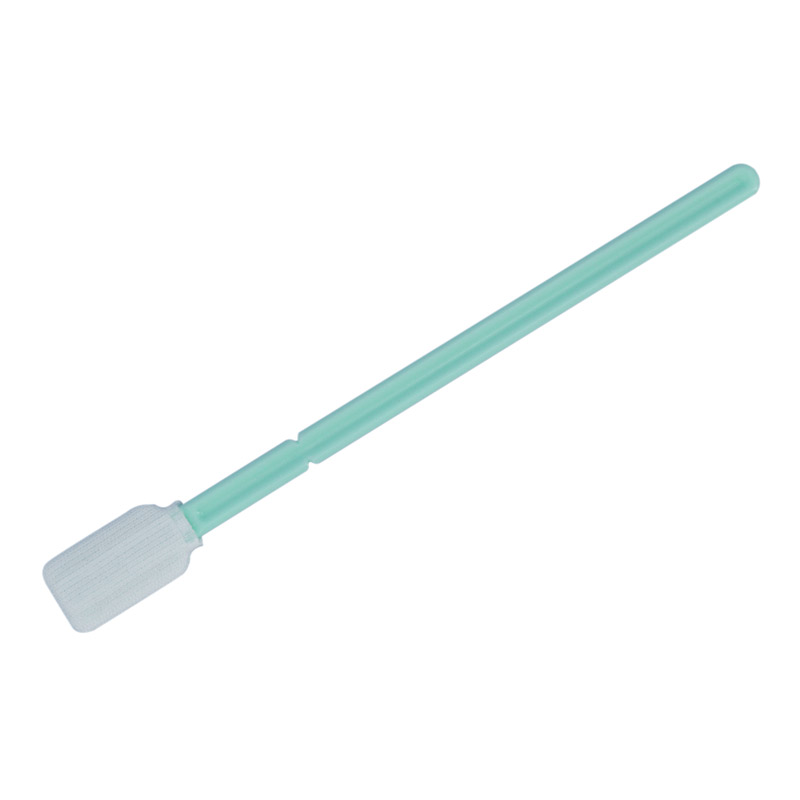How to select TOC cleaning swab?
TOC Cleaning Swab is a specialized swab cleaning validation for surface sampling in a variety of industries, including pharmaceuticals, food processing, laboratories, and more.
TOC analysis
By placing the swab in a solvent for extraction, TOC analysis can perform in order to confirm the presence of residue on the surface.
The following is a detail explanation and some relevant technical and application information.
Total Organic Carbon
TOC, short for Total Organic Carbon, is a technique for measuring the total amount of organic compounds in a sample.
TOC analysis is a technique widely using for many industries, to confirm whether there is residue on a surface.
This residue could be a chemical using in a product or manufacturing process, or a pollutant from the environment.
TOC analysis can determine whether the surface is clean by measuring the organic carbon in the sample.
TOC analysis involves oxidizing organic matter in a sample to carbon dioxide and then measuring the total amount of organic matter by detecting the CO2 produced.
In the pharmaceutical industry, TOC analysis is a technique widely used in cleaning validation to confirm that manufacturing equipment is thoroughly clean.
In COP cleaning, the swab method is using for sample visible residues, such as coatings, deposition of substances at corners and edges, especially insoluble substances.
The swab can extract in a solvent and subsequently analyzed. If water is used for extraction, TOC analysis is appropriate.
TOC Cleaning Validation Swab
TOC Cleaning Validation Swab (Kit) design to simplify sampling as a cleaning validation protocol.
Swabs and bottles are further treating exclusively, making these kits ideal for total organic carbon (TOC) analysis.
Sampling methods
Two sampling methods are commonly using for cleaning verification: clean sampling and wipe sampling.
Cleaning sampling is usually using to collect samples from large surfaces, such as floors or walls.
The liquid solution is pouring onto the surface, then TOC levels collect and measure to determine the amount of organic matter on the surface.
Wipe sampling is usually using to collect samples from small surfaces, such as equipment or tools.
The surface was wiped with a specialized TOC cleaning validation swab and then place in a <10 ppb sample bottle for subsequent testing.
Key steps
When using TOC to validate swab sampling, there are two key steps that must take into account to optimize the sampling material, residue and analysis itself:
1. Use a dedicated TOC cleaning verification swab to sample the surface in contact with the product.
2. Transfer residue from swab to extraction solution (usually low TOC water)
Sampling efficiency
Sampling efficiency may affect due to the difference in swab materials.
Traditional cotton swabs using in the past may release particles or fail to release samples into the extraction solution.
Specialized TOC cleaning verification swabs have good wear resistance and are compatible with most solvents, including acetone.
They have excellent ability to absorb and lock solvents, and their sampling efficiency is also outstanding.

Repeat the sample with a TOC cleaning verification swab within a specific rectangular area.
Ensuring that the sampling point represents the “true worst case” area of the device.
After wiping, the extracted solution on the cotton swab should be as free as possible from remaining on the surface.
In addition, after the high temperature drying step cleaning process, the surface of the equipment needs to cool to room temperature before sampling.
After sampling, the recovery rate can improve by optimizing the extraction protocol.
Such as using a shaking table or ultrasonic bath to enhance the residue or sample release rate from the swab, depending on the type and condition of the residue.

















